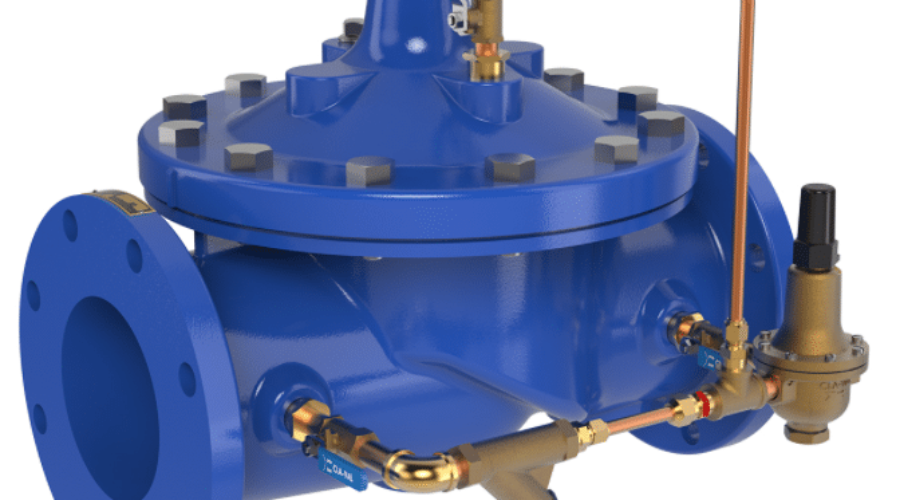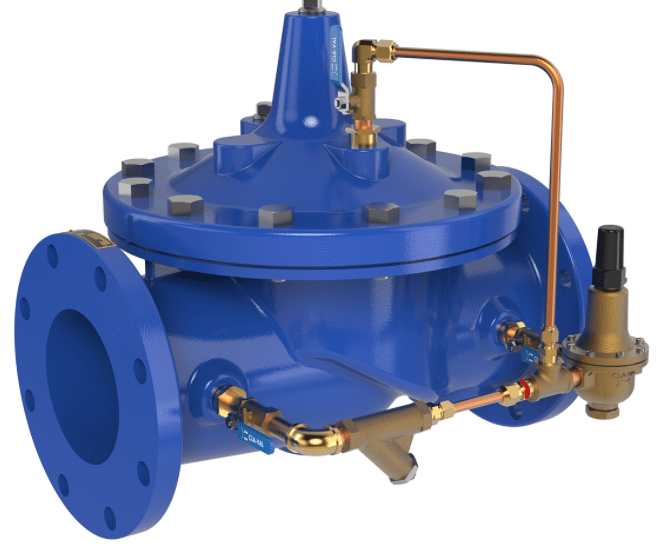
Pressure Reducing Valves In San Diego
Water pressure in your plumbing lines to your home or business is a vital part of your plumbing system. Too much pressure and your plumbing can spring water leak and cause your laundry machine hoses to break. I have even seen where the dishwasher machine will fail and Leak Water when there is too much pressure. If the water pressure in your plumbing to your home is over 80 psi, then you need a pressure-reducing valve installed in your home. This device will bring the city water pressure down from the high of over 100 psi to a working pressure for your home of between 55 psi and 75 psi. This low pressure will protect all faucets, toilets, dishwashers, washing machines, ice makers on refrigerators, and many appliances that are used in our homes, schools, and businesses.
Plumbing System
The Pressure Reducing Valve is an important part of your plumbing system. There are many companies that manufacture this device, including Watts, Price Pfister, Crane/American, Sun Dial, and many more. The Pressure Reducing Valve is a little box about 12 inches long by 6 inches wide with two brass connections on the bottom for attaching hoses or wires to it. It will have one brass connection on the top where the City Water Service line will attach to it. On new construction, all hot water heaters need a pressure-reducing valve attached between your city water service line and the hot water heater before it’s connected to any faucets, toilets, or ice machine lines on your refrigerator or cooking appliances like your oven.
City Water Service Line
In the past, many homes and businesses had a water pressure regulator installed on their hot water heater, but nowadays, it is placed between the City Water Service Line and the Hot Water Heater. When too much pressure is present in your home or business, you will hear a whining sound that comes from this Pressure Reducing Valve being overworked by the excessive city water service line pressure. It usually starts only when someone turns on a tap or uses Water somewhere in your home; then, after several minutes of use, it will start making this noise again until shortly before they shut off the faucet or appliance using Water. The reason why it makes this whining noise is that there are two pistons inside this device that move back and forth.
One piston is connected to a diaphragm, and the other one is connected to a valve inside this device. As more pressure builds up in your home or business, the valve will open, and water flows out of it until there is less pressure present. When you turn on a faucet somewhere else in your home, the pistons move back and forth faster as they fight against each other, trying to equalize the city service line pressure with lower working pressure for your home or business.
Conclusion
Call 1st Response Leak Detection at (619) 374-8554 to avail of our services in San Diego, CA.



